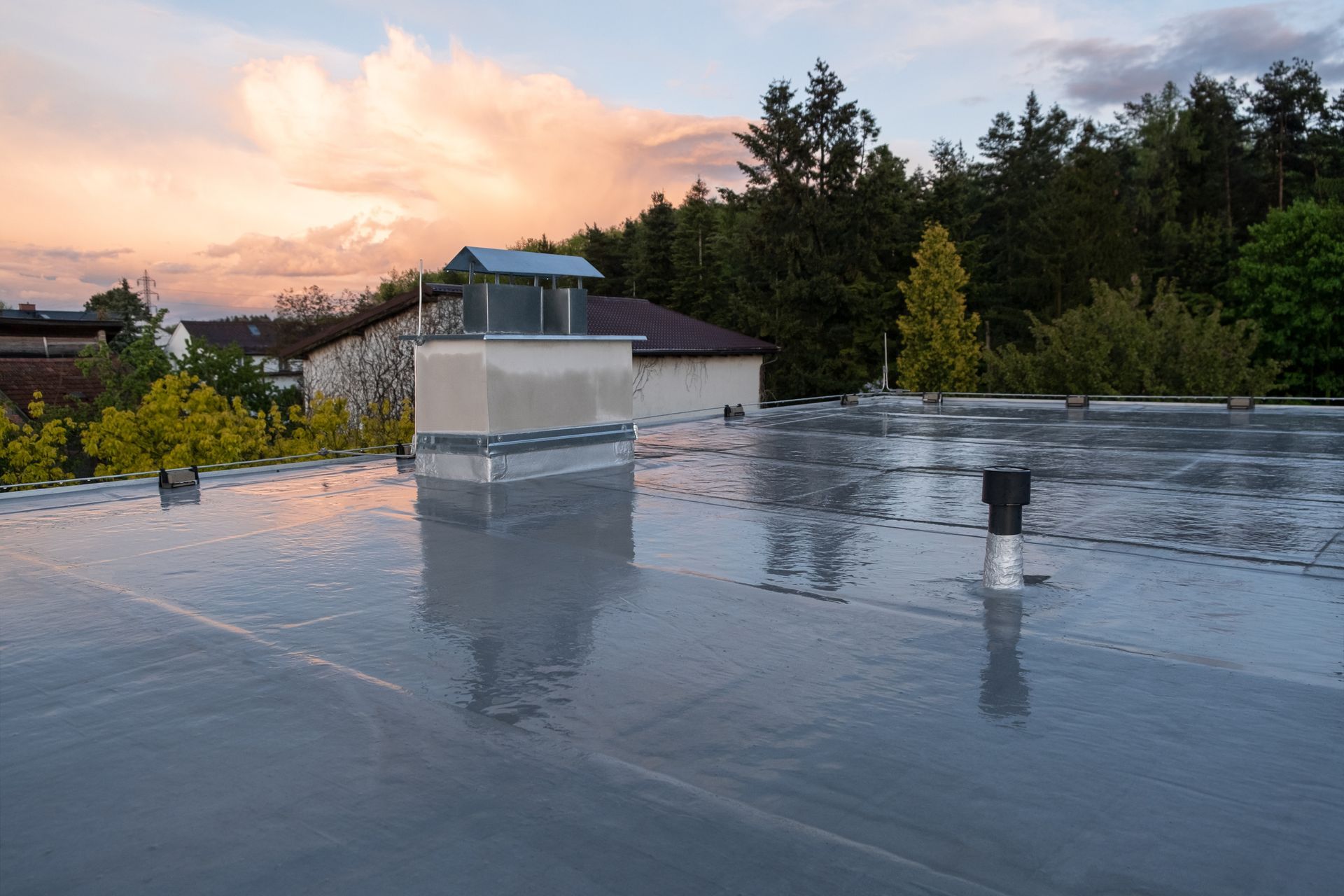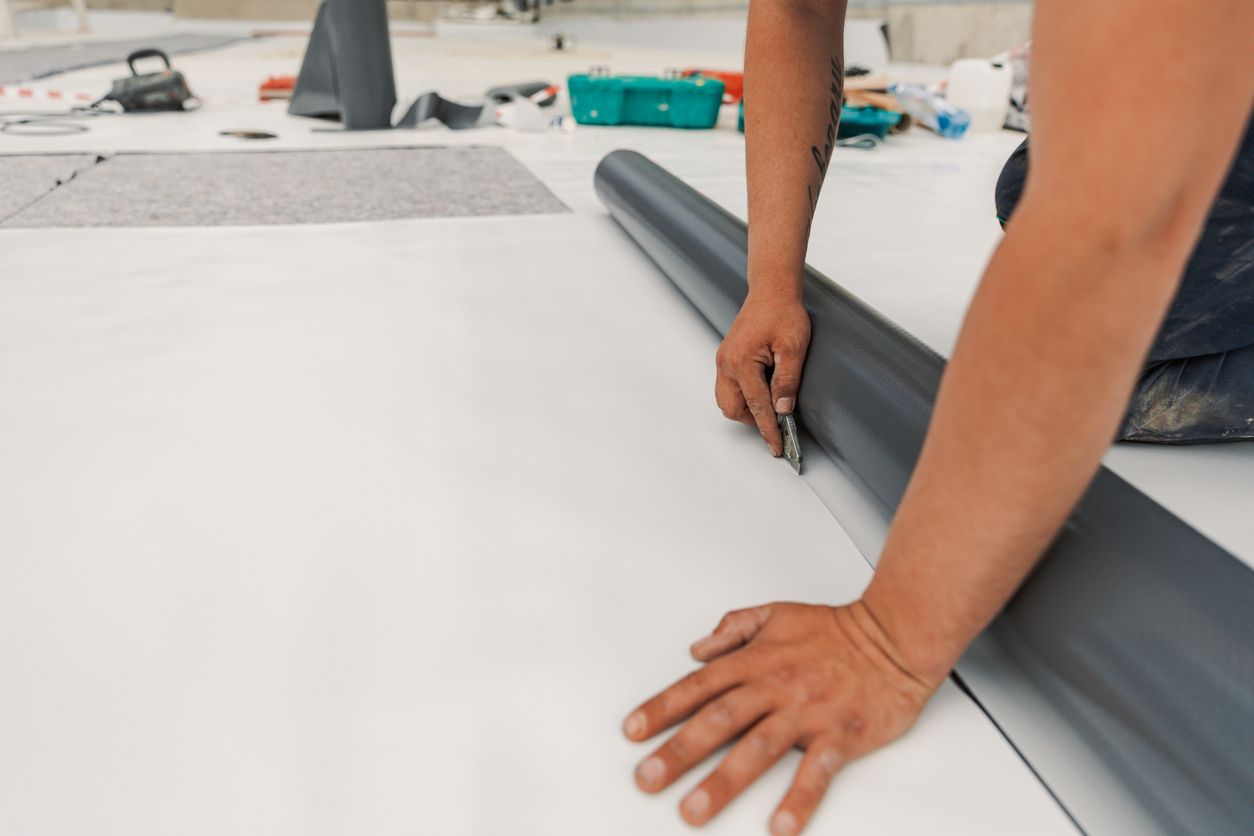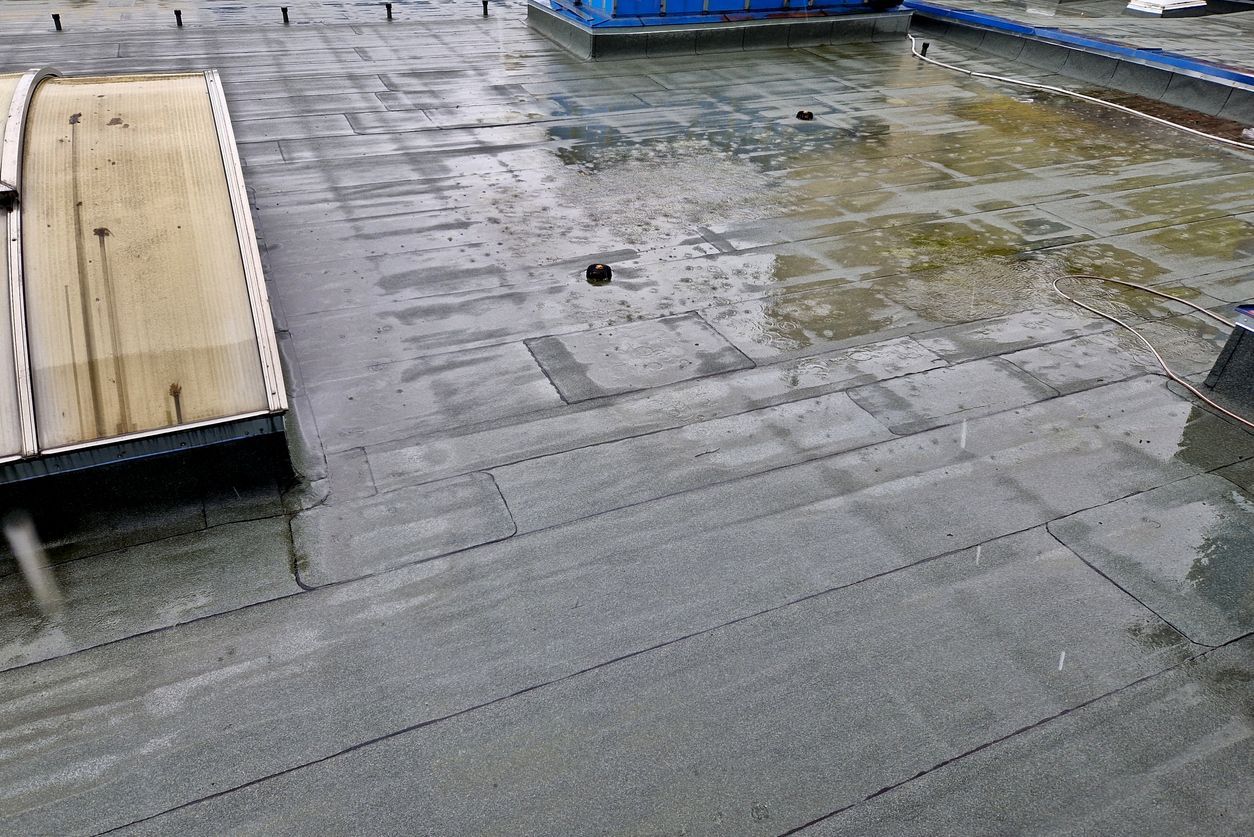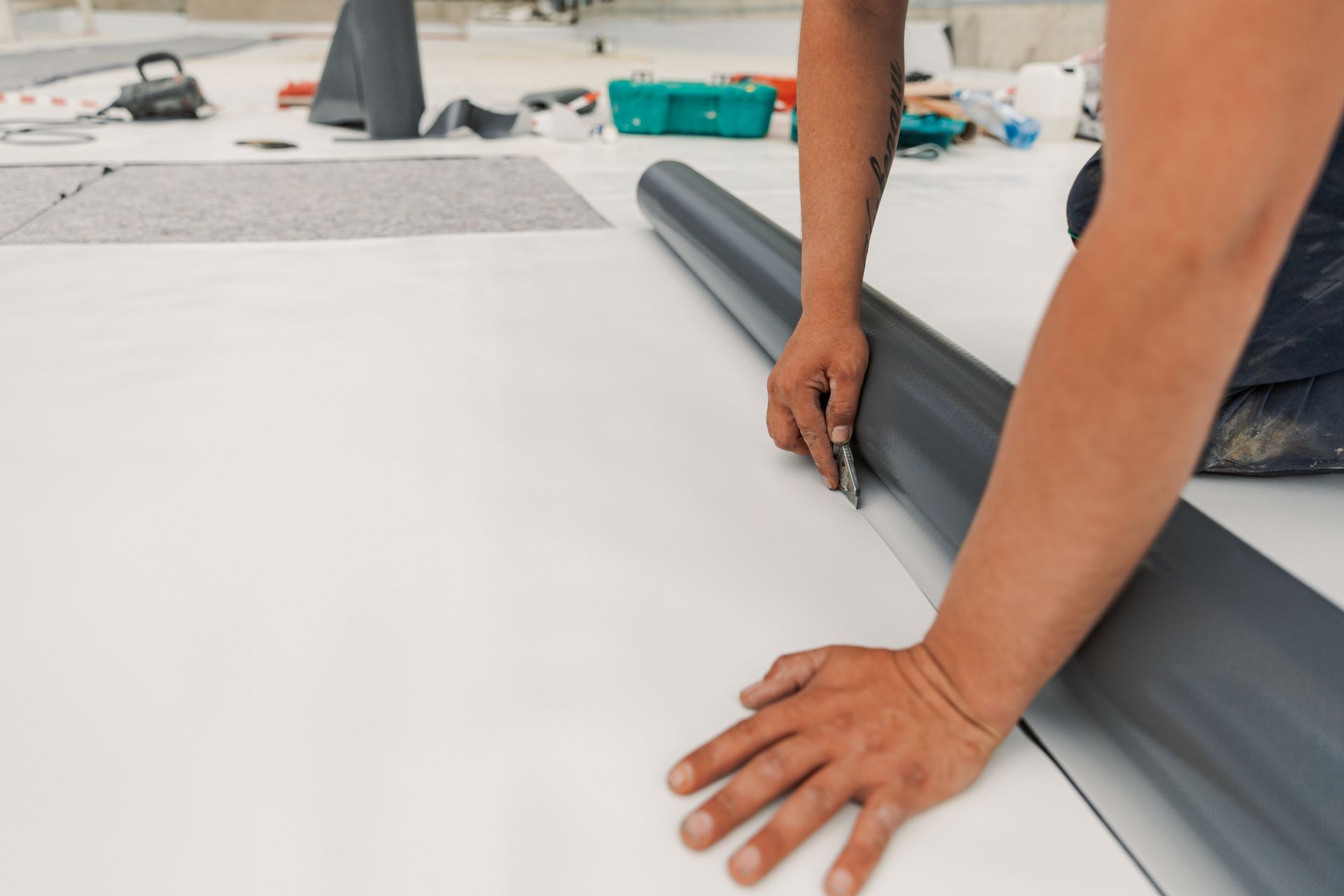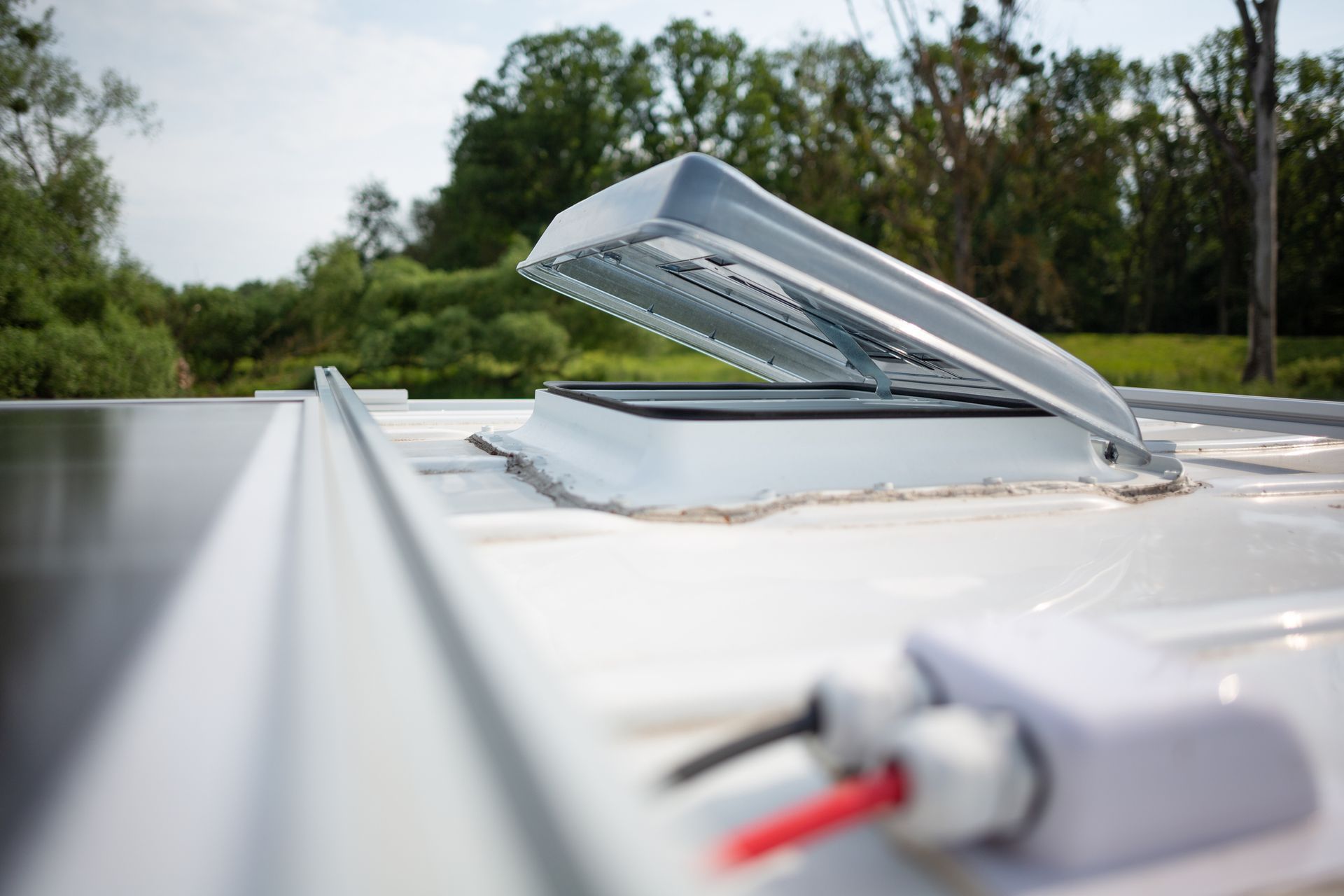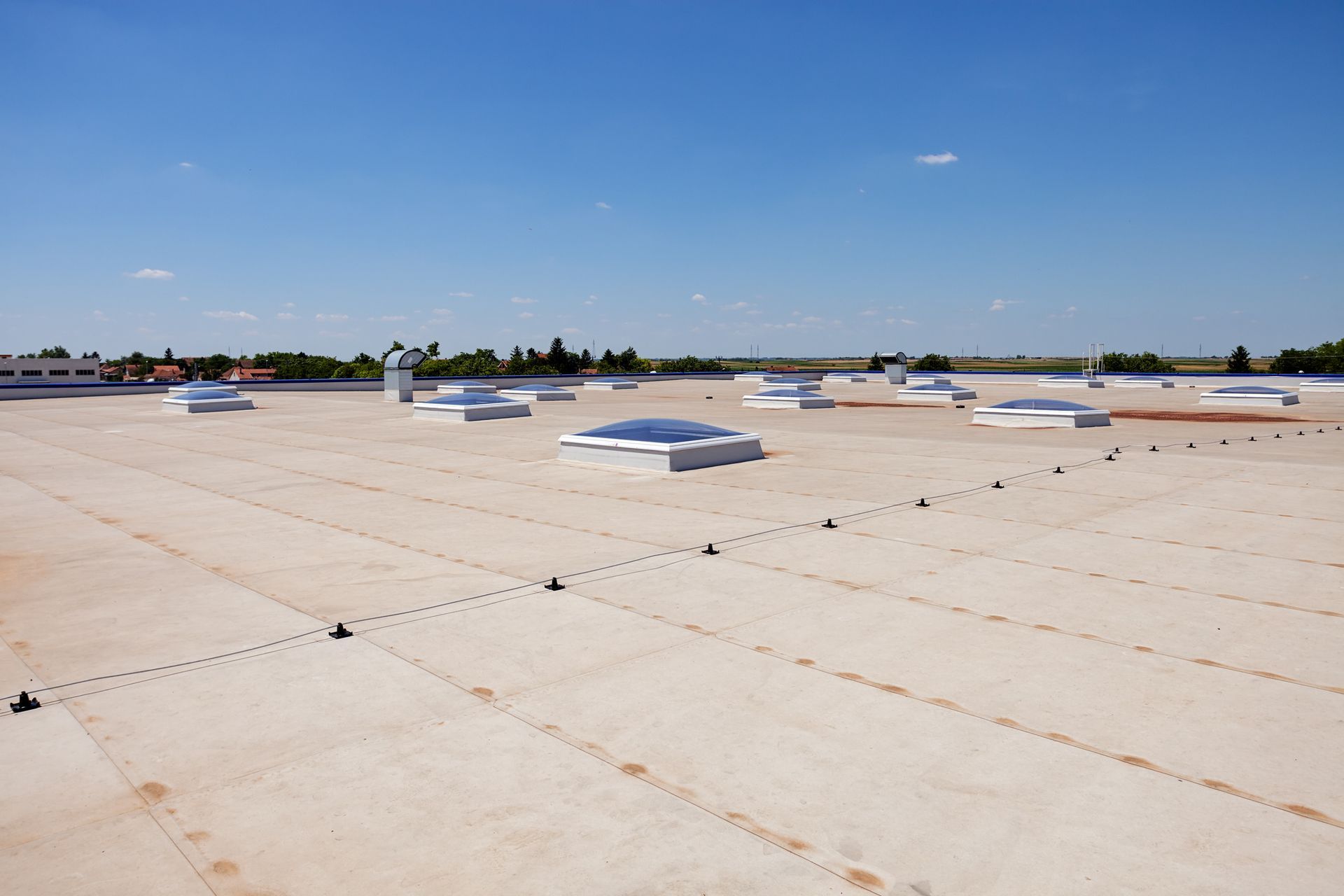4 Tips to Fix Your Roof Damage and Avoid Worse
The simple truth about many kinds of roof damage is that they could have been avoided with a program of regular maintenance, and the cost of that maintenance is far less than the cost of repairs. In some cases, just periodic checking of your roof would reveal issues that can easily and inexpensively be fixed, before they degenerate into major problems. In keeping with the theme of identifying small issues in a timely manner, here are four tips which can really help you to avoid major expenses and extend the service life of your roof.
Know what to look for
Some kinds of roof damage occur much more frequently in wet months or during frigid periods. After a heavy rain storm or during a particularly rainy period, it’s well worth your while to check on the status of your roof. During winter when heavy snows are possible, make sure that no large accumulations are allowed to pile up on your rooftop, because that can cause a whole slew of problems.
There are also some potential problems caused by workers and other people walking on the roof, who might unintentionally cause damage by dropping tools, spilling chemicals, or other mishaps. When you’re having a regular inspection of your roof, you should look for signs of normal aging, such as dried out seams, missing shingles, and any wind-blown damage.
Schedule regular inspections
It’s a good idea to personally inspect your roof at least twice a year, and probably four times a year. If you don’t feel comfortable with climbing up there yourself, it’s worth your while to hire someone who can do it for you. This is also a good time to look for fallen debris and leaves which are cluttering up drains and downspouts.
This level of frequency will be very effective at identifying issues in their earliest stages, before they have a chance to escalate into something really harmful. To conduct a really thorough inspection, you should hire an NRCA-certified contractor, who knows exactly what to look for and can apprise you of any potential danger spots.
Stock up on spare parts and materials
After something has already happened to your roof, it’s too late to stock up on materials, and to prevent any kind of water intrusion. You’re much better off to have at least a small supply of roofing materials on hand, should it be necessary to effect temporary repairs. This of course, makes it important that you understand what your roof is made of, and how it’s constructed.
A good start would be to have plastic roofing cement on hand, as well as polyurethane sealant or caulk to deal with water intrusions. Self-adhering roofing tape is also good to keep on hand, because this can be used in a variety of ways, to prevent issues from becoming much worse. If you can handle most of the small issues which might pop up with your roof, you’ll save yourself a lot of headaches.
Avoid the obvious mistakes
There are a few obvious mistakes that many still make, and which come back to haunt them later on. Many of these can be avoided simply by buying the right replacement materials for your roof, and carefully reading the instructions before you attempt to apply any of them. As one example, some patches which can be applied to your roof need to be sealed with heat, and it’s a very common mistake to overheat the patch and end up damaging other materials around the patch site.
By and large, things to remember about extending the life of your roof are just to know about its construction, inspect it regularly for damage, and to implement minor repairs promptly so as to avoid larger ones.
Professional inspection
To have your roof inspected by a professional, contact All Seasons Roofing, LLC, so you can have peace of mind about your roof’s status. Call us at 573-634-2241 to discuss your roof damage or other roofing needs and be sure to ask about our Annual Flat Roofing Maintenance Program. We specialize in flat commercial roofs and serve businesses throughout Central Missouri.
The post 4 Tips to Fix Your Roof Damage and Avoid Worse appeared first on All Seasons Roofing.
